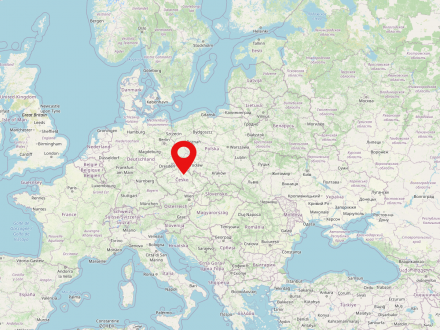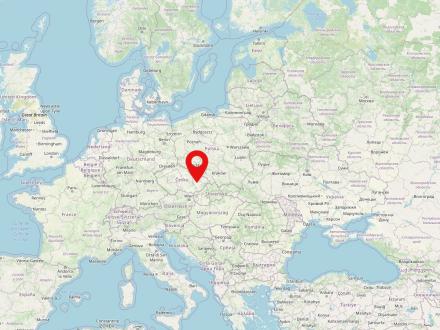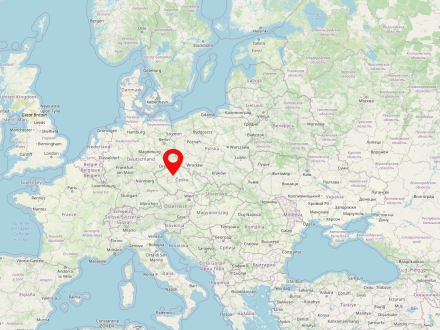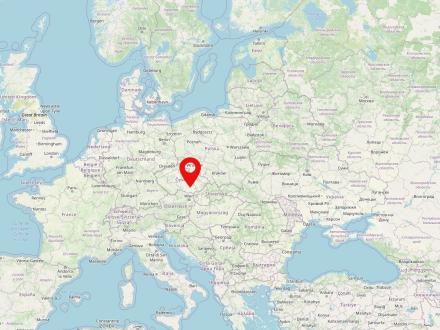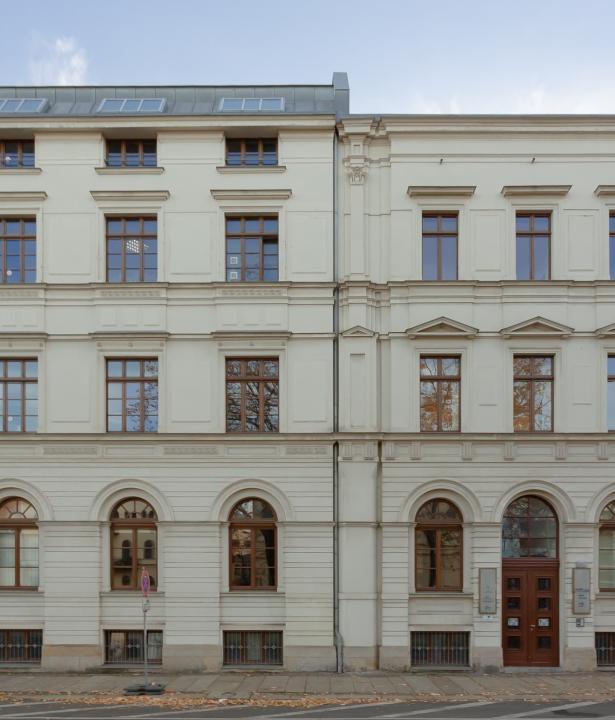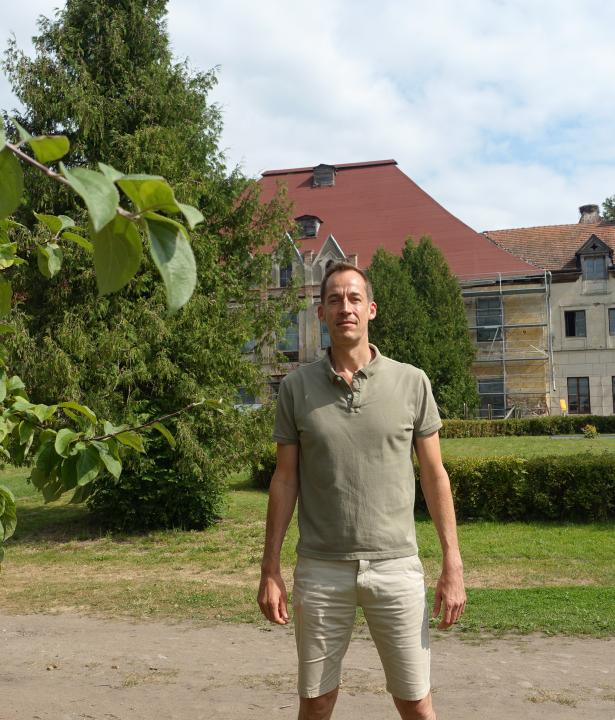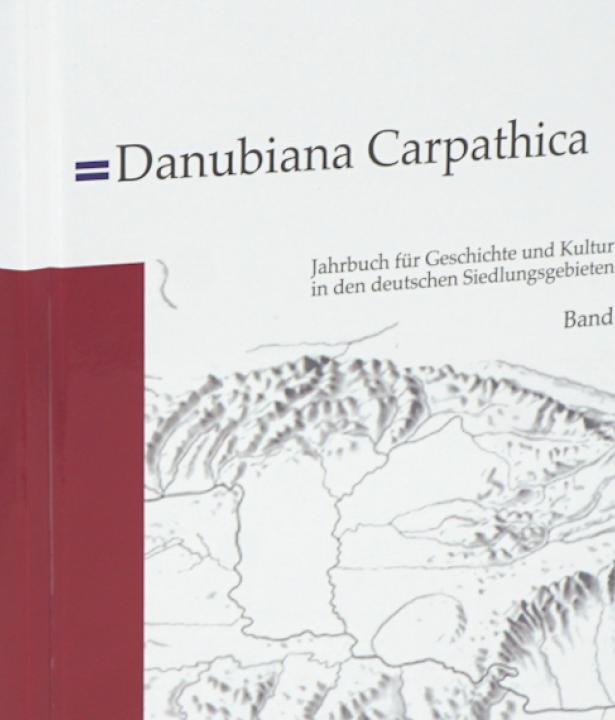The Czech Republic is a country in Central Europe with a population of about 10.5 million people. The capital and largest city of the country is Prague. In the Czech Republic lie the historical landscapes of Bohemia, Moravia and parts of Silesia. In 1918 the state of Czechoslovakia was formed, but the Czech Republic was not founded until 1993. The country has been a member of the EU since 01.05.2004.
Olomucz/Olmütz, which was first mentioned in a chronicle in 1055, is the sixth largest city in the Czech Republic with a population of around 100,000. Olomouc is located on the Morava (deu. March) River in the eastern part of the Czech Republic. Until the 17th century it was the capital of Moravia, later the district capital and today the administrative seat of the Olomouc Region (Olomoucký kraj).
Prague is the capital of the Czech Republic and is inhabited by about 1.3 million people, which also makes it the most populated city in the country. It is on the river Vltava in the center of the country in the historical part of Bohemia.
Located in the southeastern part of the Czech Republic, Brno (tsch. Brno) is the second largest city in the country after Prague, with a population of about 380,000. It replaced Olomouc as the capital of Moravia in 1641. Today Brno is the administrative seat of the South Moravian Region (Jihomoravský kraj) and an important industrial, commercial and cultural center. The university city is the seat of the Constitutional Court and the Supreme Administrative Court of the Czech Republic.



